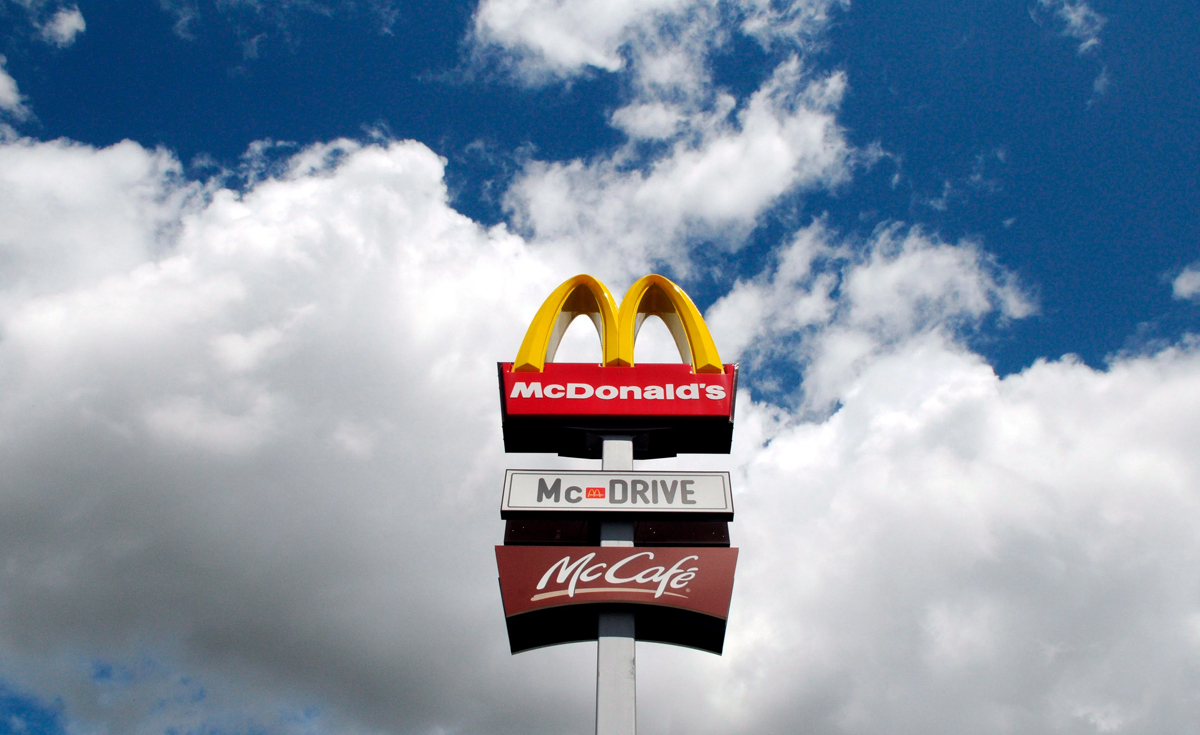Attention, beneficiaries! A new SNAP update could impact your Social Security payments in 2025
The SNAP program has updated its benefits for April 2025, with some recipients now eligible for up to $1,756 per month.

As April 2025 begins, the Supplemental Nutrition Assistance Program (SNAP) is rolling out updated benefits and a revised payment schedule that could affect millions of American households. This month, the SNAP program's turn, and there are some important updates to be aware of.
Not only will the amounts reach up to $1,756 per month, but a new schedule has also been detailed so that beneficiaries can organize themselves properly. Here's everything that's changed for SNAP and how it helps millions of families across the country.
What will be the changes for SNAP in April?
The U.S. Department of Agriculture's Food and Nutrition Service (USDA) adjust SNAP benefits annually based on the Cost of Living Adjustment (COLA), which reflects inflation levels in the country.
That's why for 2025, there have been changes in food accessibility depending, as always, on the structure of the family unit. Here's the breakdown:
| Household Size | Monthly Benefit Amount |
| 1 person | $292 |
| 2 people | $535 |
| 3 people | $768 |
| 4 people | $975 |
| 5 people | $1,158 |
| 6 people | $1,390 |
| 7 people | $1,540 |
| 8 people | $1,756 |
| Each additional person | + $219 |
When do SNAP payments arrive for April?
SNAP payment dates variate by state, with payments typically issued from the 1st to 28th of each month to avoid system overloads. A payment calendar is available to help recipients track when their benefits will be distributed.
To qualify for SNAP benefits, applicants must meet three basic requirements:
- Be a U.S. citizen or legal resident
- Have an income below the federal poverty line
- Have assets under $2,750 (unless there are elderly or disabled individuals in the household)
What is SNAP and why is so important?
SNAP, or Supplemental Nutrition Assistance Program, was originally launched in 1964 under the name of Food Stamps. The purpose of the program was to help households with little or no income access nutritious and healthy food, so their nutrition is not compromised.
Today, SNAP benefits are distributed through EBT (Electronic Benefit Transfer) cards, which function like debit cards and can be used at participating stores and supermarkets.
Because absolutely no one in this country should go hungry or struggle to buy food, and with inflation hitting hard, many families have nothing to eat.
SNAP plays a vital role in fighting hunger, especially as families continue to struggle with rising food prices. Offering benefits through EBT cards, instead of directly providing food, reduces stigma and gives recipients more independence in managing their nutrition.












